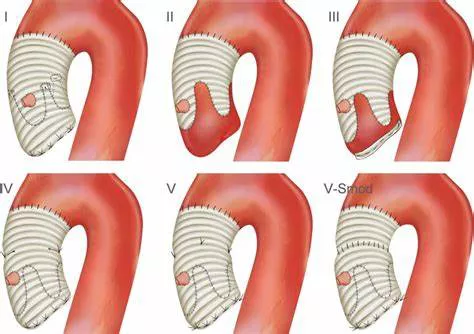A bicuspid aortic valve (BAV) is a congenital heart condition where the aortic valve, which controls blood flow from the heart’s left ventricle to the aorta, has two leaflets instead of the normal three. This condition affects approximately 1-2% of the population and can lead to various complications over time. One common concern for individuals with BAV is understanding their life expectancy and how long they can live with this condition. In this article, we will explore the prognosis of living with a bicuspid aortic valve, factors that influence longevity, and management strategies for optimizing health outcomes.
Understanding Bicuspid Aortic Valve
Before delving into life expectancy considerations, it’s essential to understand the basics of a bicuspid aortic valve and its impact on cardiovascular health. Normally, the aortic valve has three cusps or leaflets that open and close to allow blood to flow from the heart into the aorta, the body’s main artery. In a bicuspid valve, there are only two leaflets, which can lead to issues such as:
1. Valve Dysfunction: BAV can result in valve stenosis (narrowing) or regurgitation (leakage), affecting the efficiency of blood flow from the heart.
2. Aortic Aneurysm: Individuals with BAV are at higher risk of developing aortic aneurysms, which are abnormal bulges in the aortic wall that can lead to serious complications if they rupture.
3. Endocarditis: BAV increases the risk of infective endocarditis, an infection of the heart’s inner lining that can be life-threatening if not treated promptly.
Prognosis and Longevity Factors
The prognosis for individuals with a bicuspid aortic valve can vary widely depending on several factors, including:
1. Severity of Valve Dysfunction: The degree of stenosis or regurgitation in the bicuspid valve plays a significant role in prognosis. Severe valve dysfunction may require surgical intervention to repair or replace the valve.
2. Presence of Aortic Aneurysm: If an aortic aneurysm develops, the risk of complications such as dissection or rupture increases. Regular monitoring and timely intervention are crucial in managing aneurysms associated with BAV.
3. Coexisting Conditions: Other health conditions, such as hypertension, coronary artery disease, or genetic disorders like Marfan syndrome, can impact the prognosis and overall health outcomes for individuals with BAV.
4. Age at Diagnosis: The age at which BAV is diagnosed can also influence prognosis. Early detection and management can help mitigate complications and improve long-term outcomes.
5. Lifestyle Factors: Factors like diet, exercise habits, smoking, and alcohol consumption can affect cardiovascular health and longevity for individuals with BAV. Adopting a heart-healthy lifestyle can contribute to better outcomes.
Management Strategies
Managing a bicuspid aortic valve typically involves a multidisciplinary approach that may include:
1. Regular Monitoring: Routine follow-up visits with a cardiologist are essential to monitor valve function, detect any changes or complications early, and adjust treatment as needed.
2. Medication: Medications may be prescribed to manage symptoms, control blood pressure, prevent blood clots, and reduce the risk of infective endocarditis.
3. Lifestyle Modifications: Adopting a healthy diet low in saturated fats and sodium, maintaining a healthy weight, engaging in regular physical activity, and avoiding tobacco and excessive alcohol consumption are vital for cardiovascular health.
4. Surgical Intervention: In cases of severe valve dysfunction or aortic aneurysm, surgical procedures such as valve repair or replacement and aortic surgery may be necessary to improve outcomes and prevent complications.
Longevity and Quality of Life
With advancements in medical care and treatment options, many individuals with a bicuspid aortic valve can lead fulfilling lives and have a normal life expectancy. However, it’s crucial to adhere to recommended medical management, attend regular check-ups, and make lifestyle changes to optimize health and longevity. Additionally, staying informed about potential risks and complications associated with BAV can empower individuals to take proactive steps in their healthcare journey.
In conclusion, the prognosis for individuals living with a bicuspid aortic valve depends on various factors, including the severity of valve dysfunction, presence of aortic aneurysm, age at diagnosis, and overall health status. With proper medical care, lifestyle modifications, and timely interventions, many people with BAV can enjoy a good quality of life and live a normal lifespan. Regular communication with healthcare providers and a proactive approach to managing cardiovascular health are key components of long-term success.


